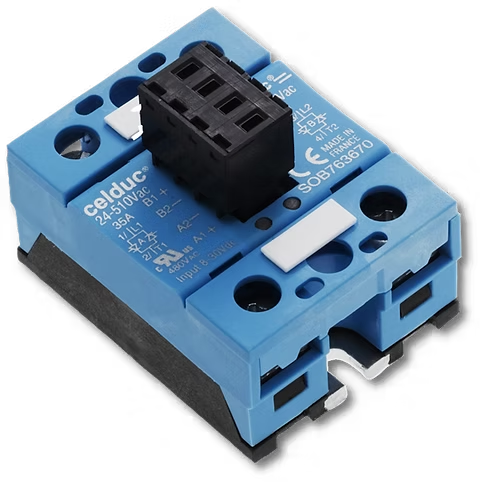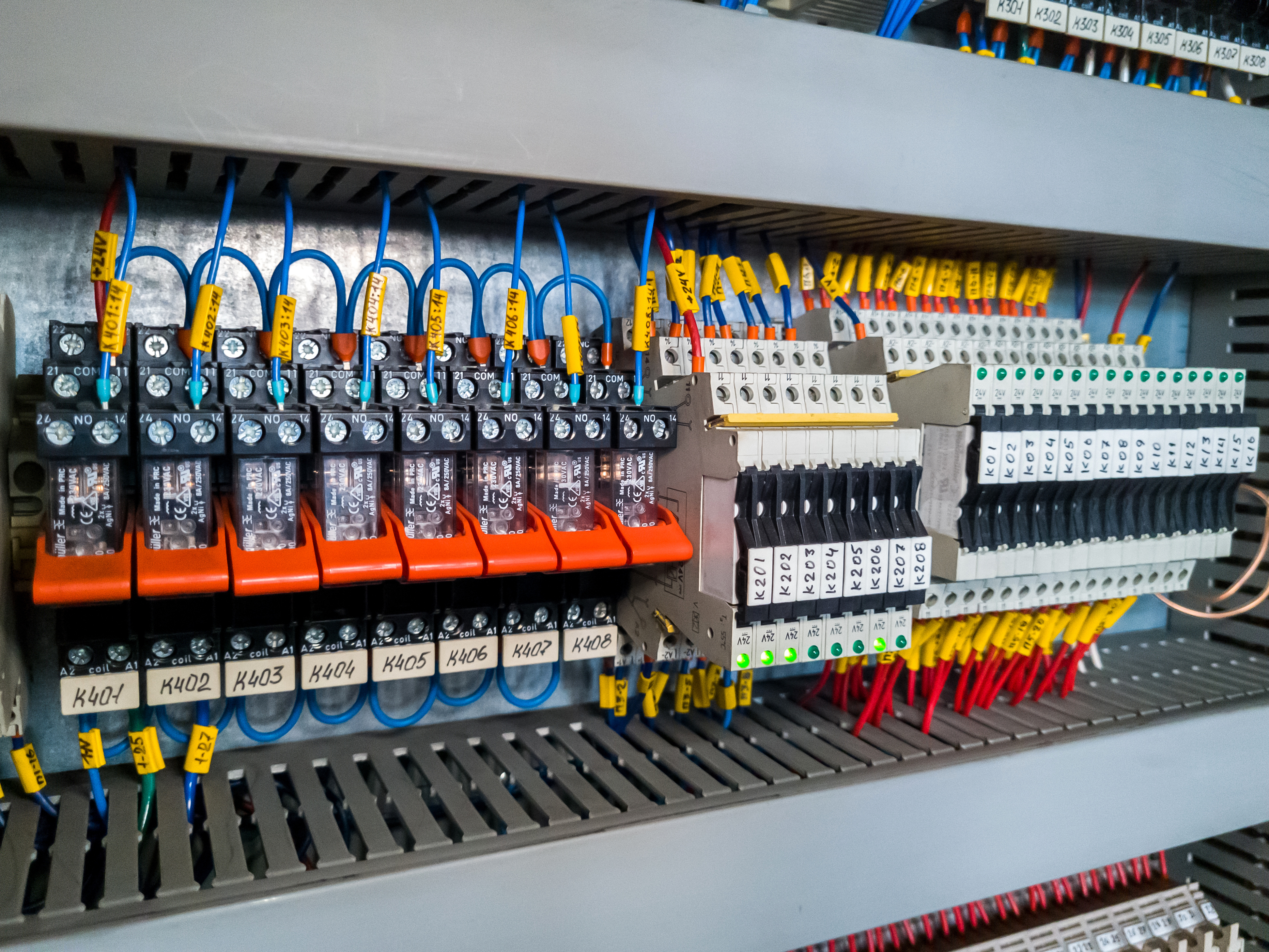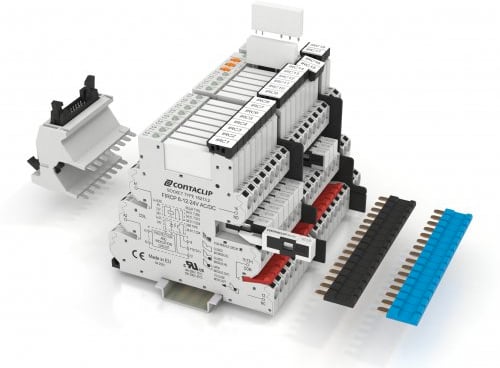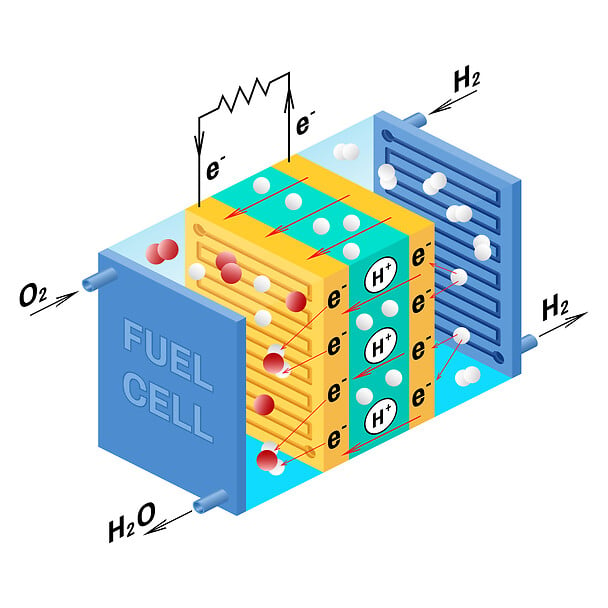Solid state relays (SSRs) have become increasingly popular in electrical systems due to their numerous advantages over traditional electromechanical relays. These electronic devices provide a reliable and efficient way to switch electrical loads without moving parts. One crucial aspect of SSRs is heat management, as excessive heat can degrade their performance and lead to premature failure. This article will delve into the role of heat sinks in zero-crossing SSRs and explore their impact on overall system performance. 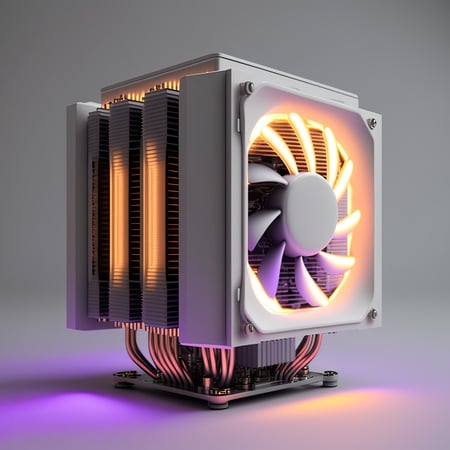
Solid state relays are semiconductor-based devices that use electronic components such as thyristors or transistors to switch electrical loads. Unlike electromechanical relays, SSRs have no mechanical contacts that can wear out over time. This makes them highly reliable and allows for faster switching speeds. SSRs also offer better electrical isolation between the control and load circuits, enhancing safety in various applications. However, the absence of moving parts does not eliminate the need for heat dissipation.
The role of heat sinks in SSRs and their impact on performance
Heat sinks play a critical role in SSRs by dissipating the heat generated during operation. When a solid state relay is in the ON state, there is a voltage drop across the semiconductor device, which causes power to be converted into heat. If this heat is not managed correctly, it can increase the SSR's internal temperature, potentially exceeding its maximum operating limits. Extreme heat exposure can result in decreased reliability, reduced lifespan, and even catastrophic failure.
The primary function of a heat sink is to provide a large surface area for heat transfer. By increasing the surface area exposed to the surrounding environment, the heat sink facilitates the transfer of heat away from the SSR. Heat sinks are typically made of materials with high thermal conductivity, such as aluminum or copper, to maximize heat dissipation. The design of the heat sink, including its size, shape, and fin arrangement, also plays a crucial role in maximizing its cooling efficiency.
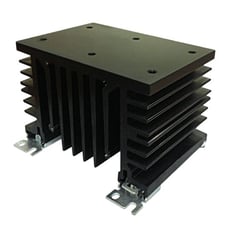
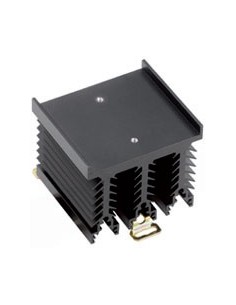
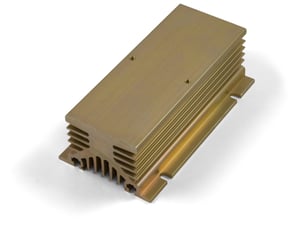
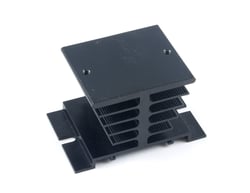
Different types of heat sinks used in zero-crossing SSRs
Various types of heat sinks are used in zero-crossing SSRs, each with advantages and limitations. The choice of heat sink depends on factors such as the power rating of the SSR, the ambient temperature, and the available space for installation. Here are three commonly used heat sink types:
1. Extruded Heat SinksExtruded heat sinks are the most common type used in SSR applications. They are manufactured by extruding aluminum or copper alloys into a desired shape, typically with fins to increase the surface area. Extruded heat sinks are cost-effective, lightweight, and offer good thermal performance. They are available in various sizes and shapes, making them suitable for multiple SSR power ratings. However, their cooling efficiency may be limited in high-power dissipation applications.
2. Bonded Fin Heat SinksBonded fin heat sinks are constructed by bonding individual aluminum fins to a base plate using epoxy or other thermal adhesives. This design allows for higher fin densities, resulting in increased surface area and improved cooling performance. Bonded fin heat sinks are often used in limited space applications, as they offer excellent thermal performance in a compact form factor. However, they can be more expensive than extruded heat sinks and may require additional manufacturing processes.
3. Liquid Cooling Heat SinksLiquid cooling heat sinks utilize a circulating fluid, such as water or coolant, to transfer heat away from the SSR. These heat sinks are typically used in high-power applications where conventional air cooling is insufficient. Liquid cooling heat sinks offer superior thermal performance and effectively dissipate large amounts of heat. However, they require additional components such as pumps and tubing, making them more complex and expensive to implement.
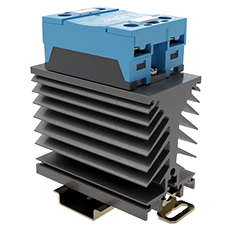
Factors to consider when choosing a heat sink for a zero-crossing SSR
Several factors must be considered when selecting a heat sink for a zero-crossing SSR to ensure optimal cooling performance and system reliability. Here are some essential elements to keep in mind:
- Thermal Conductivity
Thermal conductivity is a measure of how well a material can transport heat. Choosing a heat sink material with high thermal conductivity is crucial to maximize heat dissipation. Aluminum and copper are commonly used due to their excellent thermal properties. - Size and Shape
The size and shape of the heat sink are critical considerations, as they determine the available surface area for heat transfer. An oversized heat sink with more fins will generally provide better cooling performance. However, it is essential that the heat sink fits within the available space and that neighboring components will still allow for airflow. - Fin Density and Spacing
The density and spacing of the fins on a heat sink significantly impact its cooling efficiency. Higher fin density and closer fin spacing increase the surface area and promote better heat dissipation. However, it is essential to strike a balance, as very high fin density can restrict airflow and negatively affect cooling performance. - Mounting Method
The mounting method of the heat sink is crucial for efficient heat transfer. Proper thermal interface materials, such as thermal paste or pads, should be used to ensure good thermal contact between the heat sink and the SSR. The mounting method should also provide sufficient pressure to minimize air gaps hindering heat transfer.
Heat sink design considerations for optimal heat dissipation in SSRs
The design of a heat sink is crucial for achieving optimal heat dissipation in zero-crossing SSRs. Several considerations should be considered during the design process to ensure efficient cooling performance. Here are some essential design considerations:
- Fin Design
The design of the fins on a heat sink dramatically impacts its cooling efficiency. Fins with a larger surface area and increased surface roughness can enhance heat transfer. Additionally, the shape and thickness of the fins can influence airflow and turbulence, affecting cooling performance. - Heat Sink Base
The heat sink base should have good thermal contact with the SSR to facilitate heat transfer. To maximize thermal conductivity, it is essential to ensure a flat and smooth base surface. The base material should also have sufficient thickness to minimize thermal resistance. - Airflow Management
Proper airflow management is crucial for efficient heat dissipation. The heat sink should be positioned in a way that allows for adequate airflowaround its fins. Airflow close to the heatsink can be achieved by considering the system's layout, other components' location, and the airflow's direction and velocity. - Thermal Resistance
Thermal resistance measures how effectively a heat sink can transfer heat. Minimizing thermal resistance by optimizing the heat sink design and ensuring proper thermal interface materials is crucial. A lower thermal resistance results in better heat dissipation and improved overall system performance.
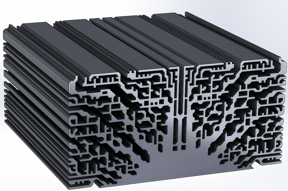
Benefits of using heat sinks in zero-crossing SSRs
Using heat sinks in zero-crossing SSRs offers several benefits, both in performance and reliability. Here are some key advantages:
- Enhanced Heat Dissipation
Heat sinks provide an efficient way to dissipate the heat generated by zero-crossing SSRs. By increasing the surface area exposed to the surrounding environment, heat sinks promote better heat transfer and prevent the SSR from overheating. This results in improved performance and increased reliability. - Extended Lifespan
Excessive heat can significantly reduce the lifespan of solid state relays. By properly managing heat through heat sinks, the internal temperature of the SSR can be kept within safe limits. Thermal mitigation extends the lifespan of the SSR and reduces the risk of premature failure. - Improved System Efficiency
Efficient heat dissipation leads to improved system efficiency. A zero-crossing SSR operating at lower temperatures exhibits better electrical characteristics, such as reduced voltage drop and improved switching speed. This can translate into improved overall system performance and energy efficiency. - Enhanced Safety
Heat sinks help maintain the internal temperature of zero-crossing SSRs within safe limits. This reduces the risk of thermal runaway and ensures that the SSR operates reliably under various operating conditions. Enhanced safety is crucial in critical applications where system failure can have severe consequences.
Common challenges and solutions in heat sink implementation for SSRs
While heat sinks are essential for managing heat in zero-crossing SSRs, their implementation can present some challenges. Here are some common challenges and their corresponding solutions:
Limited SpaceIn some applications, limited space may be available for heat sink installation. This can restrict the size and shape of the heat sink, potentially compromising its cooling performance. One solution is to use heat sinks with higher fin density or explore alternative heat sink designs, such as folded fins or stacked fin arrays, that provide better cooling performance in a smaller form factor.
Airflow ConstraintsIn specific environments, airflow around the heat sink may be restricted, hindering heat dissipation. This can be addressed by incorporating additional cooling mechanisms, such as fans or blowers, to enhance airflow. Alternatively, heat pipes or vapor chambers can transfer heat to a location with better airflow, improving cooling performance.
Heat Sink Material SelectionChoosing a suitable heat sink material is crucial for optimal heat dissipation. However, different materials have varying thermal properties and costs. It is essential to strike a balance between thermal performance and cost-effectiveness. Conducting a thorough thermal analysis and considering the application's requirements can help you select the most suitable heat sink material.
Thermal Interface ResistanceThe thermal interface between the heat sink and the SSR can introduce additional resistance to heat transfer. Insufficient thermal interface materials or improper installation can result in air gaps, reducing heat dissipation effectiveness. High-quality thermal interface materials should be used to mitigate thermal resistance challenges, and proper installation techniques should be followed to ensure maximum thermal contact.
Conclusion: The future of heat sink technology in SSRs and its impact on electrical systems
Heat sinks play a pivotal role in zero-crossing solid-state relays' performance and reliability. As electrical systems advance and demand higher power densities, the need for efficient heat dissipation becomes even more critical. The future of heat sink technology in SSRs holds excellent potential for design, materials, and manufacturing advancements. These advancements will enable the development of heat sinks that can efficiently dissipate heat in increasingly demanding applications while maintaining system reliability and performance.
Check out our Solid State Relays
The proper selection and implementation of heat sinks in zero-crossing SSRs will continue to be a key consideration for engineers and designers. By understanding the role of heat sinks, considering the various design factors, and addressing common challenges, electrical systems can benefit from improved performance, extended lifespans, and enhanced safety. As heat sink technology continues to evolve, the power of cooling will remain a vital element in maximizing the efficiency and reliability of zero-crossing solid state relays.
Take the first step in optimizing your electrical system's performance and reliability. Contact our team of experts today.


